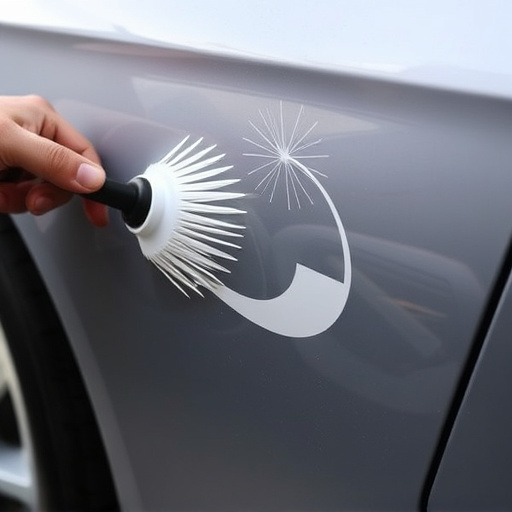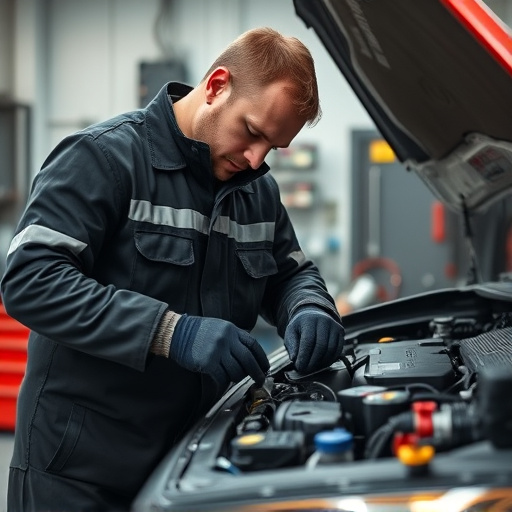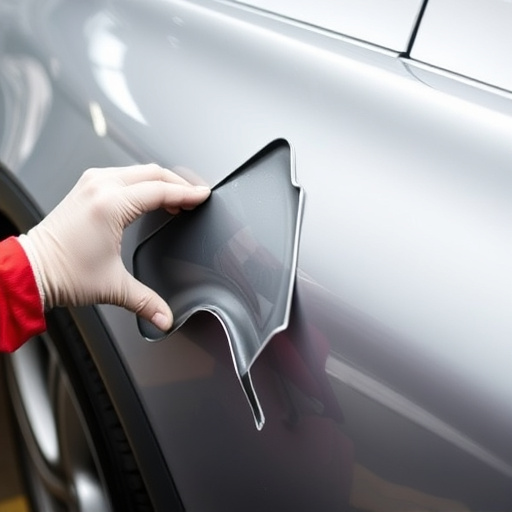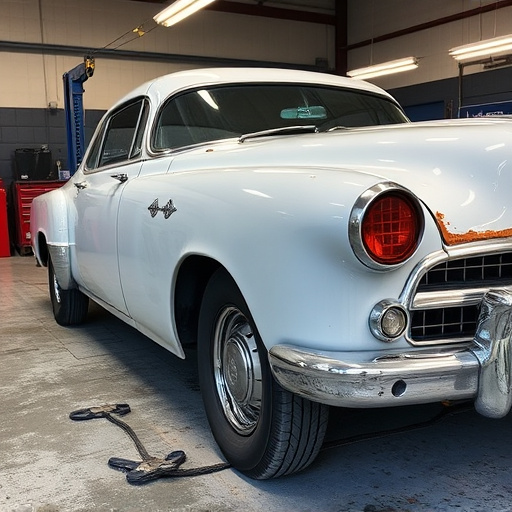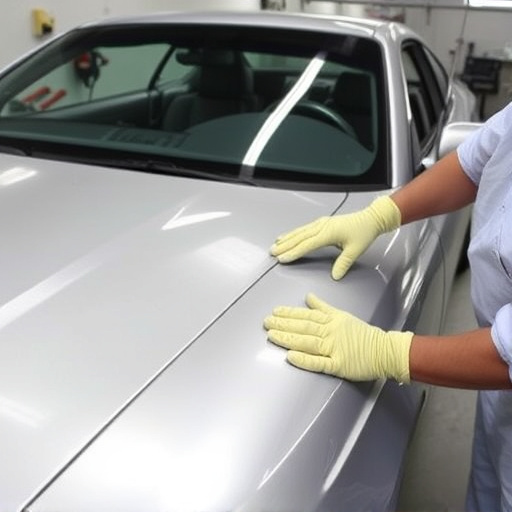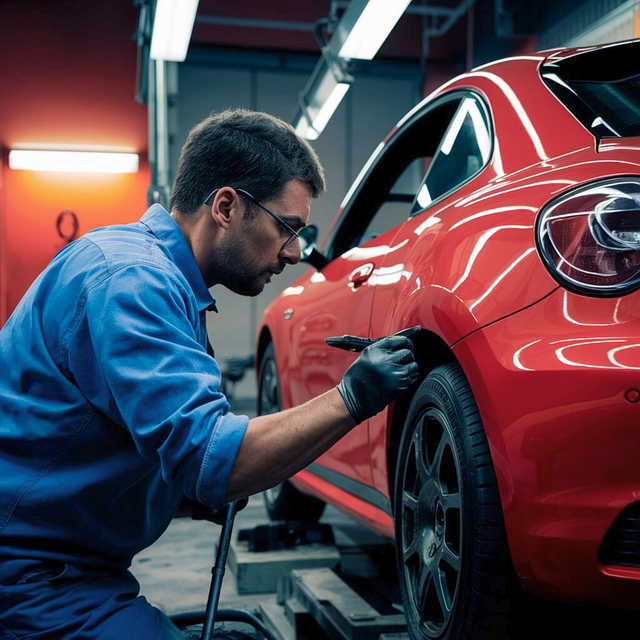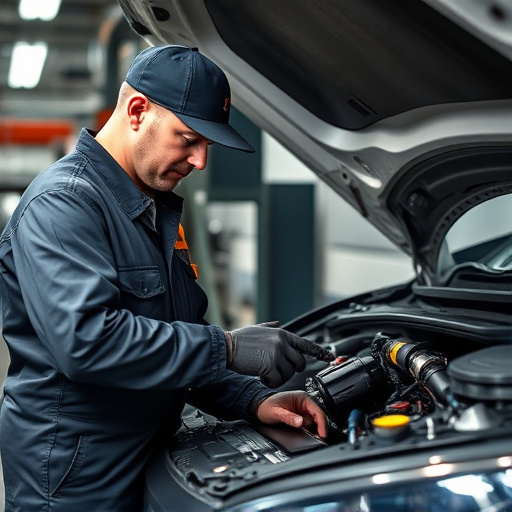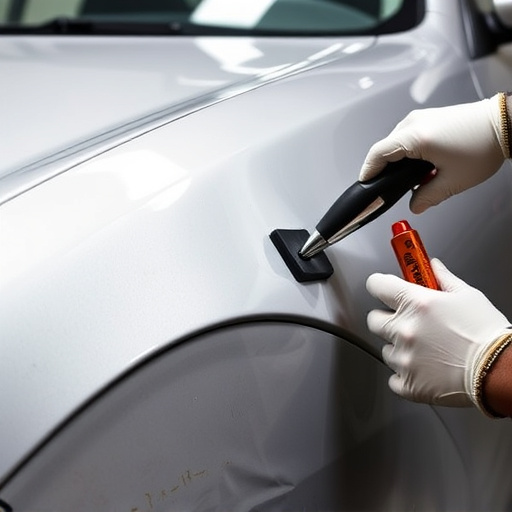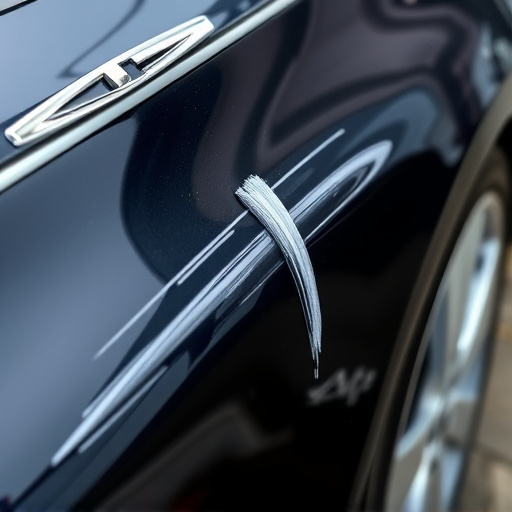Advanced materials are revolutionizing precision collision repair, offering enhanced strength, durability, and versatility compared to traditional options. These materials enable faster turnaround times, reduced costs, and superior vehicle performance post-repair. The automotive industry is embracing a green revolution with eco-friendly composites and recycled content, ensuring both vehicle restoration and environmental sustainability in collision repair practices.
In the realm of automotive restoration, precision collision repair has emerged as a game-changer. Advanced materials are revolutionizing this field, offering unprecedented levels of accuracy and sustainability. From shaping complex parts to minimizing distortion, these innovative materials are the backbone of modern repair techniques. This article explores how advanced materials are transforming precision collision repair, focusing on enhanced accuracy, eco-friendly options, and the future prospects that promise even better outcomes for vehicle restoration.
- Advanced Materials: Shaping the Future of Precision Repair
- Enhancing Accuracy: Techniques for Minimal Distortion
- Sustainable Solutions: Eco-Friendly Materials in Collision Repair
Advanced Materials: Shaping the Future of Precision Repair

The automotive industry is witnessing a significant transformation with the advent of advanced materials, which are revolutionizing precision collision repair techniques. These innovative materials offer enhanced strength, durability, and versatility compared to traditional counterparts, enabling more precise and efficient autobody repairs. In the realm of collision repair centers and body shop services, the integration of advanced materials has opened up new possibilities for restyling and reinforcing damaged vehicle components.
For instance, lightweight composite materials are increasingly being used in modern vehicles due to their superior strength-to-weight ratio. This not only aids in fuel efficiency but also facilitates more intricate and precise body shop services during collision repair. Additionally, advanced polymers and fiber-reinforced composites allow for better impact absorption and energy distribution, ensuring safer and more effective autobody repairs. These materials are shaping the future of precision collision repair, paving the way for faster turnaround times, reduced costs, and superior vehicle performance post-repair.
Enhancing Accuracy: Techniques for Minimal Distortion

In precision collision repair, advanced materials play a pivotal role in enhancing accuracy and minimizing distortion during the vehicle restoration process. These innovative substances are engineered to mimic the exact properties of original car parts, ensuring seamless integration and perfect fitment upon replacement. By utilizing high-performance composites, lightweight alloys, and specialized adhesives, technicians can achieve unparalleled precision, allowing for more effective car collision repair.
The use of advanced materials in car restoration enables precise measurements and sophisticated fabrication techniques. This results in minimal deformation of the vehicle’s body panels and structural components, ultimately leading to a superior finish and enhanced safety. With these cutting-edge solutions, both minor dents and significant damage can be repaired with remarkable efficiency, showcasing the versatility and importance of modern materials in precision collision repair practices.
Sustainable Solutions: Eco-Friendly Materials in Collision Repair
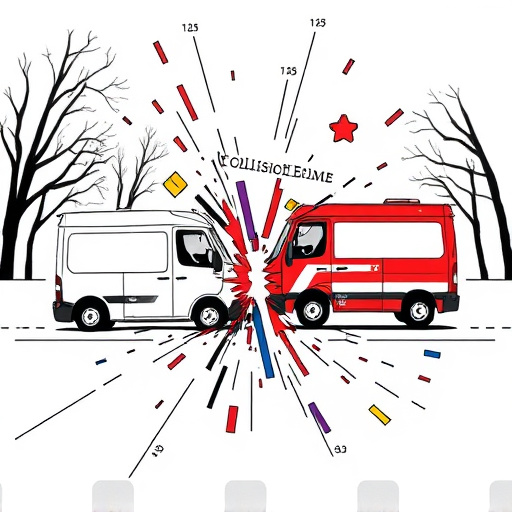
The automotive industry is undergoing a green revolution, and precision collision repair techniques are at the forefront of this shift. Traditional materials and methods used in car collision repair often relied on heavy metals and energy-intensive production processes, contributing to environmental degradation. However, the demand for sustainable solutions has led to the development and adoption of eco-friendly materials in the industry. These advanced materials not only reduce the environmental impact but also enhance the precision and quality of collision repairs.
One notable application is the use of lightweight composites, such as carbon fiber reinforced plastics, which have gained popularity in modern vehicle manufacturing. In Mercedes Benz collision repair, for instance, these materials offer a blend of strength and reduced weight, resulting in more efficient energy absorption during accidents. Moreover, tire services are also evolving with eco-conscious options, incorporating natural rubber and recycled materials to minimize the carbon footprint associated with their production and disposal. This shift towards sustainable practices ensures that precision collision repair techniques not only restore vehicles to their pre-accident condition but also contribute to a greener future.
Advanced materials are revolutionizing precision collision repair, offering enhanced accuracy, minimal distortion, and eco-friendly options. By embracing these innovative solutions, the industry can achieve superior results while reducing its environmental impact. As techniques continue to evolve, professionals in precision collision repair are equipped to deliver high-quality, sustainable work that meets modern standards.
